This is a very crude attempt from my end to read and interpret Ashtanga Hridayam, and explain it’s principles in treating diseases. I am a medical doctor training in Allopathy, and I am deeply passionate about human biology. Via a series of articles, I will be explaining Ashtanga Hridayam using layman’s language with a perspective of an allopathy practitioner.
In this article, I will try to explain why our current treatment paradigms might be flawed and why it is important to understand and embrace the principles enshrined in Ashtanga Hridayam.
Table of Contents
What is Ashtanga Hridayam?
Ashtanga Hridayam is one of the most important classical texts of Ayurveda. It was written by the ancient Indian physician Vagbhata. Ashtanga Hridayam is a comprehensive treatise on Ayurveda that synthesizes the knowledge of earlier Ayurvedic texts, such as the Charaka Samhita and the Sushruta Samhita.
The Ashtanga Hridayam consists of eight sections or chapters, hence its name “Ashta” (eight) and “Anga” (section). Each section covers a different aspect of Ayurveda, from general principles and diagnosis to treatments and surgery. The Ashtanga Hridayam is renowned for its clarity, conciseness, and practicality, making it an essential reference for students, practitioners, and scholars of Ayurveda.
I am deeply passionate about human biology. I get inspired and awed each time I read about biological mechanisms that allow life to sustain and flourish. As a doctor, I have always been deeply concerned that despite so many advances in medical research, we cannot really cure most of the diseases. We simply relieve patients from symptoms. The current allopathic approach of treating diseases is too deep and too narrow. Modern medicine blames and targets few mechanisms and pathways while treating a disease, ignoring the fact that all mechanisms and systems are interlinked.
I have been reading Ashtanga Hridayam since past several years now. Each time I read, I feel amazed at the depth of medical science enshrined in Ashtanga Hridayam. And each such reading makes me realize that this ancient treatise on Ayurveda might hold answers to those unresolved questions I have regarding treating any disease.
Why We Seldom Cure?
I am a medical doctor trained in western medicine (Allopathy). I have been treating patients using Allopathic principles of medicine since more than a decade. In my experience, allopathy is excellent in taking care of emergency medical situations. But, I don’t think it’s apt for treating chronic diseases. In allopathy, most often the root cause of the disease never gets addressed. If you have diabetes, the whole treatment is all about reducing blood sugar by targeting one or the other chemical pathways. But, there is no attempt to address why one or more pathways of sugar metabolism are deranged. It’s not that allopathic research doesn’t want to find the root cause. But the approach has been to go narrower and deeper. Scientists will identify chemicals and pathways relevant to diabetes. Then each pathway will be thoroughly researched. This research will lead to discovery of multiple other pathways and chemicals. Again, new pathways and chemicals will be studied. Again, few more would be found. And this goes on and on.
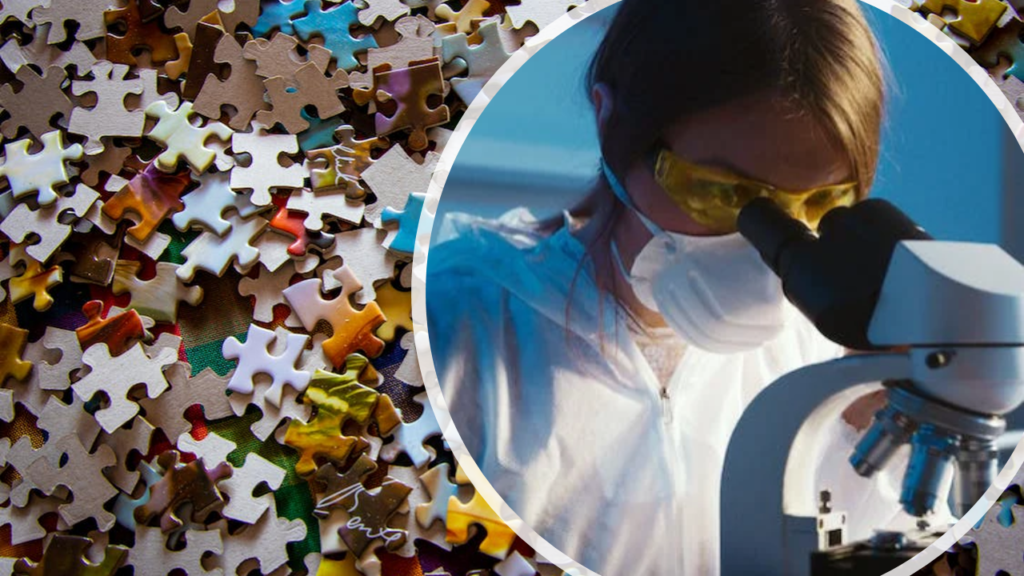
Often, such narrow and deep approach leads to paradoxes. For example, in case of diabetes, researchers found that insulin can reduce blood sugar. So, many doctors simply give insulin injections. But, we haven’t yet found really why body stops responding to normal insulin levels in these patients. Some scientists started calling this decreased responsiveness to insulin as insulin resistance. Now, there are drugs that claim to target insulin resistance. But, the question arises- why do these patients have insulin resistance? Researchers found that people who have insulin resistance are also fat. So, does fat lead to insulin resistance? Or does insulin resistance causes weight gain? But, insulin injections themselves cause weight gain. If so, then does insulin causes insulin resistance? Does, then, insulin causes diabetes? We have reached a paradox here. Or maybe this might be part of the truth. There are now several research papers showing rise in insulin might trigger diabetes, irrespective of weight gain or insulin resistance. (1,2,3) Maybe repeated insulin injection to a normal person would lead to start of diabetes- who knows! Similarly, insulin resistance- which was once thought of as the original culprit in diabetes- is now being found to be a necessary protective mechanism developed by body to prevent damage. (4,5,6) Point is, the approach to understand diabetes is so deep into molecular details that the bigger picture is lost.
It is also very important to note that it is commercially simpler and more profitable to find and sell answers given by targeting few chemicals and receptors rather than addressing the bigger picture. That’s another challenge with modern medicine. Research needs funding. Funding means money. Research on cure is generally less profitable than research on long term treatment. If you completely cure a disease, after some time the patients will stop taking the medicine. If you completely cure a disease, after some time there won’t be any patient. Rather, it is more profitable if you can help patients survive their disease by having them take the medicine life-long. It’s simple math!
But, while this might be true, we cannot ignore that the same funding mechanism has led to so much advancement in medical science today. We know so much about human body and diseases just because of such research. Pharma companies put billions at risk when they invest on R&D. There is no guarantee that any such investment will ever turn out into something meaningful. And pharma companies need to earn so that they can invest. Hence, they would need to invest more profusely in R&D that would lead to profitable outcomes.
Hence, if a research is not going to generate solutions that can be sold profitably, such research would rarely get funded. Even if such research continues, the results will hardly surface to mainstream because there won’t be enough money to market such research. Information we consume today is generally driven by marketing efforts of some entities who gain to profit with the spread of that information. Protecting and enhancing health of citizens is a core responsibility of that nation’s government, and not any pharma company’s.
For most diseases, allopathy tries narrowing cause to one chemical or one receptor or one signal pertaining to that disease. Unfortunately, when one chemical malfunctions it is never the only one which is malfunctioning. There will be hundreds of others. For example, in Rheumatoid Arthritis it has been found that TNF-alpha is very high. So, allopathy has drugs that can lower TNF-alpha. But after some time, other chemicals like IL-6, IL-1 etc start going up and start causing damage that was earlier caused by TNF- alpha. Now, the doctor has to change the line of treatment and shift to IL-6 inhibitors.(7) This way of managing Rheumatoid Arthritis can never lead to complete treatment. And also one needs to remember that TNF-alpha, IL-6, IL-1 etc- all these are chemicals that are needed for routine physiological functioning of our body. When you use a drug that “kills’ TNF-alpha, you end up tampering with body’s normal functioning. That’s why all these drugs potentially have extremely severe side-effects. When levels of chemicals like TNF-alpha, Il-6 etc are rising, they are indicating that something is wrong. They are not the cause. They are the signals. The right approach would be to find out what exactly is causing all these chemicals to go high and target that cause, rather than target these chemicals individually. And, only then, that may one day we will know how to cure Rheumatoid Arthritis.
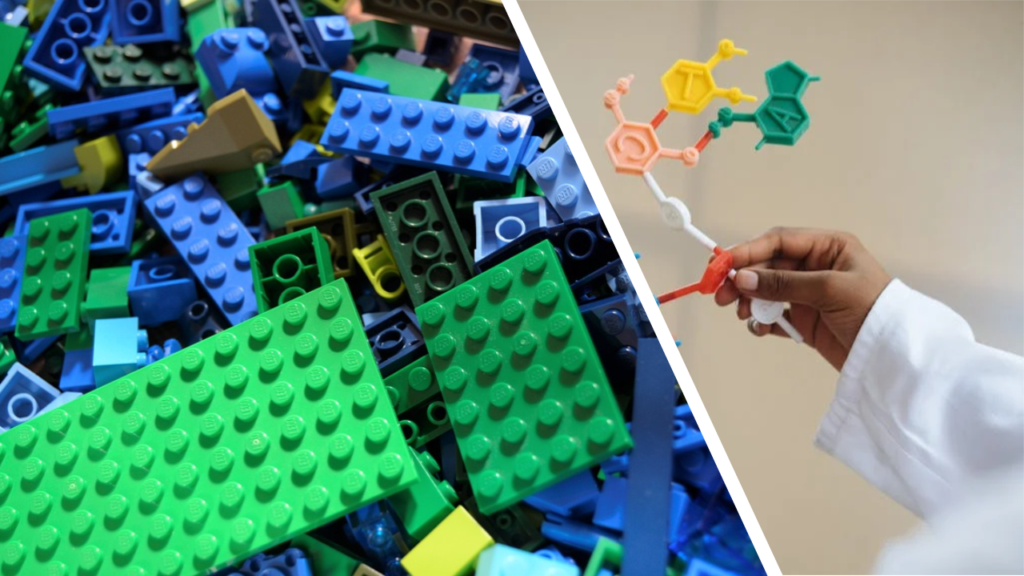
It is true that allopathy is super-efficient in treating acute and life-threatening conditions. If there is a thromboembolic stroke, one can save life by administering powerful clot dissolving medicines- something which, I am not sure, is available with Ayurveda (and this might be simply my lack of in depth knowledge about Ayurveda). But the reason why these blood clots appeared cannot be completely addressed and cured using allopathy. High lipid levels do cause blood clots. But, what causes lipid levels to go up? Rising lipid levels indicates a bigger problem in the background. Currently, allopathy doesn’t address that problem.
Allopathy has in its armamentarium powerful drugs that can kill pain or relieve fever instantly. Let’s talk about fever. Using paracetamol or ibuprofen, allopathy brings down fever very fast. And it is extremely relieving for the patient as well. But fever is just a sign that there might be an infection within. If the infection is due to any bacteria, then allopathy has antibiotics to kill those bacteria. Thus, it might appear that allopathy can resolve the root cause, at least in some cases. But, often, we just don’t ask the right questions. When a fever is because of an infection, isn’t the right question that one must ask is “why did that person get infection?”. Our immune system is capable far beyond our imagination to take care of itself. And if it fails, the problem is way beyond just the bacteria causing infection. If the immune system is failing, using antibiotic to kill the current bacteria causing infection might help for some time. But infections will keep happening. Eventually, some bacteria or virus or fungus will cause overwhelmingly severe infection that will be resistant to available antibiotics.
The Rabbit- Hole of Modern Medicine
It will be completely unfair to say Allopathy doesn’t at all strive to find and resolve the root cause of any disease. But, as explained earlier, finding the root cause is often like plunging into a deep dark rabbit hole. Each cause discovered is soon found to be an effect due to another cause. Take, for instance, cancer. Allopathy would ask- what causes cancer? Research shows that there are these so called “cancer cells” who group together, rebel against the body and start eating way body’s nutrition. As these cancer cells flourish, they grow and multiply and start spreading across the body. They refuse to die, while weeding out normal cells to death. So, allopathy’s next logical question then is- how to kill these cancer cells? Scientists observed that cancer cells multiply must faster than normal cells. This observation led them to develop chemotherapy. The drugs used in chemotherapy target rapidly growing cells and kill them. Unfortunately, a lot of normal cells also multiply rapidly (example- skin cells, cells lining stomach, blood cells etc). (8) Hence, while chemotherapeutic agents do kill cancer cells, they also kill normal cells leading to extremely painful and potentially fatal side-effects. Many cancer patients die due to these side- effects of chemotherapy rather than the cancer itself. (Chemotherapy causes death in more than 25% of cancer patients – PharmaTimes) And, unfortunately, even these powerful chemotherapy drugs also fail. So, scientists then started exploring the next depth of this rabbit hole. Soon they discovered that there are certain chemical pathways which are specifically needed for growth of cancer cells. This line of research led to discovery of targeted therapies. But, soon it was found that once you block one chemical pathway, another opens up to help cancer cells survive. And now you just go deeper and deeper. Scientists would spend enormous time and millions of dollars to find ways to block these new pathways that were not known earlier. Again, after some momentary success, another new chemical pathway arises to help the cancer cells, thus making the new medicine ineffective.
(I have written a detailed investigating root cause of cancer HERE.)
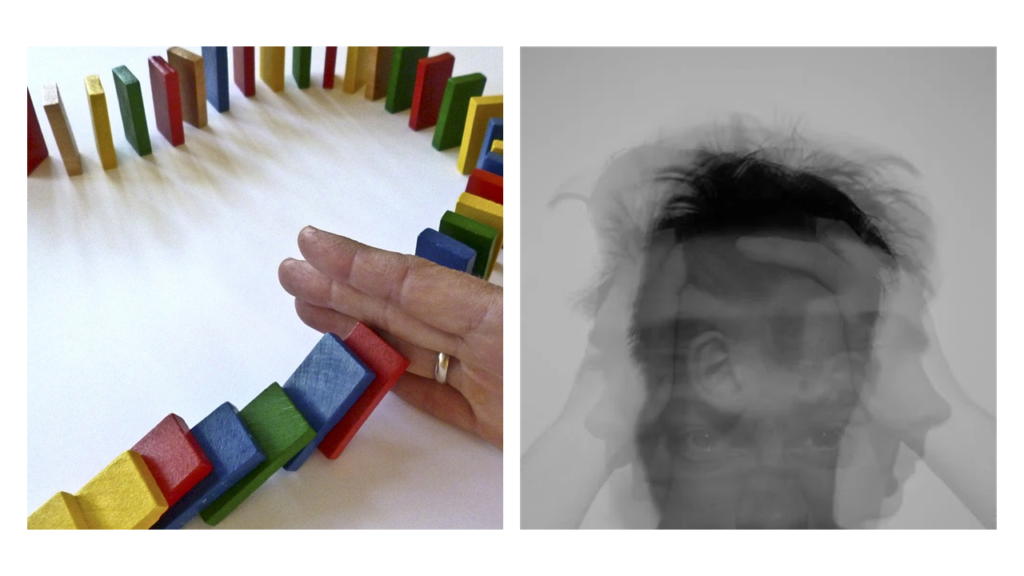
Cancer treatment research simply focuses on what factors allows these cancer cells to survive and how to block those chemical pathways. Entire allopathic research for treating cancer is simply consumed in finding new chemical pathways and ways and means of blocking these pathways. Unfortunately, all those factors that are needed for cancer cells to live and flourish are also the ones required by normal cells, although maybe in lesser frequency. Hence, although better than traditional chemotherapy, none of these newer anti-cancer drugs are devoid of life-threatening side-effects.
If one catches cancer at late stages, most of current drugs against cancer fail miserably. Today one pharmaceutical company will try showing how its medicine is better than the competitor’s because it improves survival by, maybe, couple of months. It is true that if one detects cancer early, chances of success and often cure is possible. But, this cure may not last long. Many “cured” cancers recur in one form or the other (9). And their “come-backs” are notoriously more aggressive than the previous ones.(10)
If you think about this a bit, you will find why allopathy fails in curing cancer comprehensively. Allopathy is simply trying to kill the cancer cells. It is not trying to resolve and correct the root cause. It is NOT able to find and resolve the main reason why these cancer cells emerge.
(There is a detailed post on trying to understand how cancer can be cured. To read that click HERE.)
In short, although Allopathy is super- awesome in tackling life threatening situations and providing symptomatic relief, it fails miserably in really curing most of the diseases.
Is Ayurveda a pseudoscience?

In today’s modern era, we tend to view progress of science and culture as linear functions of time over several centuries. In simple words, we tend to believe that our ancestors were less knowledgeable than we are. We tend to believe that their knowledge of science and technology was severely limited, and over a period of several thousands of years we slowly advanced to the current state of scientific excellence. Due to this view, in most of the modern societies, children are taught in schools that traditional rituals and practices are superstitious in nature. These practices have been referred to as pseudoscience by many experts in the past.
However, over the years, we are slowly realizing this view might be restrictive and inaccurate. Slowly and slowly modern science is coming in terms with what our ancestors have been singing through hymns and prayers and rituals. The mathematical advancement exhibited by the pseudoscience of Indian astrology is simply breath-taking. This pseudoscience was able to predict accurate astronomical locations of various stars and planets- and this accuracy is valid even today.(11) If you ever get to visit Jagannath Temple in the city of Puri in Orissa, India and look at the architecture, its simply impossible to imagine how one could achieve such perfections in those “scientifically under-developed” times. And there are thousands of such examples from various ancient civilizations teasing us blatantly at our face, while we close our eyes and pat our backs for being scientifically advanced.
The issue lies with our view point that when human beings evolved they knew nothing and slowly they learnt and advanced science over thousands of year to reach today’s age. This line of thinking is erroneous. And the error lies in completely relying upon archeological evidences to support our narrative. We can only dig so much. We can only discover so much. There are things yet to be discovered. There are things that have even disappeared. And then archeology is like interpreting modern art- each expert can come up with a different narrative based on individual interpretations, because actual data available is so limited. Ancient texts belonging to different civilizations from different time frames and different geographical locations keep mentioning that humanity has gone through several cycles of creation and destruction. It is not easy to ignore these common views from so many different ancient scriptures such as Rig Veda and Mayan Calendar. If this view is true, then 21st century AD might not be the only time when we excelled in genetics and quantum theory. If this view is true, then there must been times in the past when humanity was way more scientifically advanced than what we are.
It seems that time is the only line that differentiates pseudoscience from science.
As time advances, pseudoscience becomes mainstream science. Before Einstein, anyone talking about twin paradox or dark matter or bending of space-time would have been accused to believing pseudoscience.
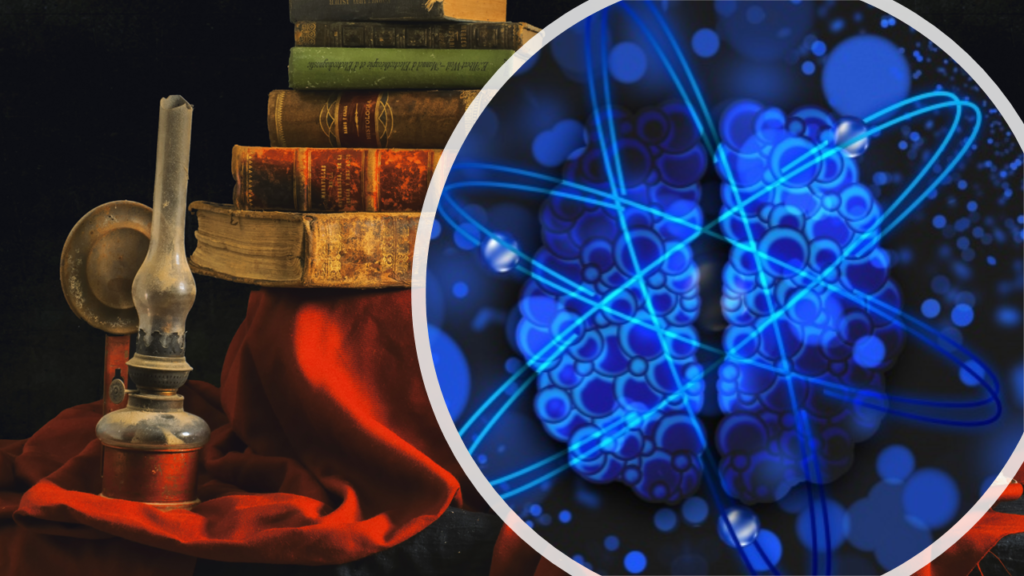
One such “pseudoscience” is the science of Ayurveda. I remember those days when I was in my medical school- we used to laugh at Ayurveda calling it unscientific and quackery. Even now, many of my peers and seniors continue holding similar view. But, as I try understanding genetics and attempt comprehending latest advances in human physiology, it is becoming clearer that we are simply rediscovering what was discovered by those Rishis who wrote Ayurveda. The major difference I find is in the approach. For treating a disease modern allopathy looks at one chemical or receptor or pathway which appears abnormal and blames that as the root cause. We completely ignore the fact that all chemicals and pathways in our body are interconnected. When something goes wrong, the entire system is affected. The system goes out of balance. Just by targeting one chemical you can never get the system to normal state. Approach has to be holistic.
Ayurveda attempts to restore the balance and bring all biological systems back in their physiological equilibrium. This balance and state of equilibrium is unique for each individual. Hence Ayurveda personalizes treatment approach based on particular patient’s individual characteristics.
Imagine human body as a big forest. Modern medical science is bound to get lost as it believes that answers lie in analyzing each tree and each shrub and each leaf. It is bound to miss the bigger picture. The bigger picture is that all elements in that forest needs to be in harmony with each other. Ayurveda attempts to restore that harmony.
While Ayurveda tries to climb up on the tallest tree to see why the harmony of the entire forest is disturbed, modern science is lost in that forest while trying to understand few of the bushes.

Concluding Remarks
Through this article I quickly wanted to highlight that modern system of allopathic medicine is remarkably efficient in relieving an ailing patient of any discomfort. And that is definitely a big achievement. But, when it comes to cure, we have simply lost our path. We are looking too deep. We are looking for too many details at greater and greater depths. And this makes us lose the sight the of the whole picture. Despite all advancement in medical research, we are simply never curing any disease completely.
Facts will remain facts, irrespective of whether we find evidence or not. Lack of evidence cannot make a fact untrue. It might simply reflect our inability to find evidence. It is true that believing anything blindly without evidence cannot be the way of science. For science to progress any claim has to be proven with convincing evidence. So, it’s our duty to put all our efforts in finding evidence to check if our ancestors were correct. Efforts should be all about proving or disproving, rather that discarding ancient knowledge as superstitions. Else, for a long time we will simply be running in the wrong direction, only to realize the blunder much later.
Through this article, I mean no offense to enormous hard work done by doctors and researchers today. We might have reached the peak of humanity that we know of through our scientific endeavors. But, it is possible that our ancestors had reached similar heights of scientific advancements during their times. Some of these ancient sciences have been documented in various scriptures such as Vedas. Can we not try and prove or disprove this ancient knowledge while continuing our current scientific pursuits?
In the next article, I will briefly discuss evidences from modern genetics showing how Ayurveda’s radically different approach tends to solve issues faced by Allopathy in developing personalized treatment approaches. The concepts of Prakriti and Doshas- that looked far too simplistic and unscientific- is now gaining scientific support as research in genetics is agreeing with these concepts.
References
7. Radu AF, Bungau SG. Management of Rheumatoid Arthritis: An Overview. Cells. 2021;10(11).


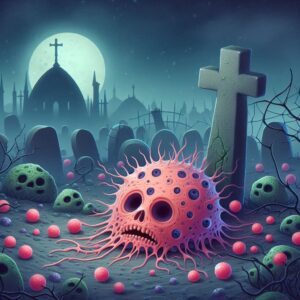
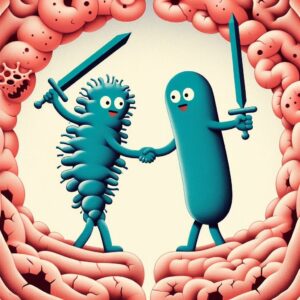
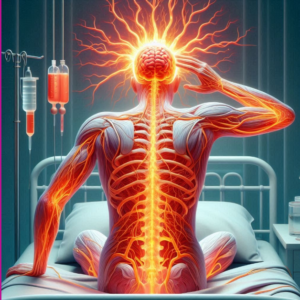

Hello Subir
Interesting article. Excited to read next part. Keep writing. Like all your article. Thanks
Thanks Vishal!
Hello doctor,
I am from non-medical background.
However, I am have, in the past, used Ayurvedic treatments, as well.
Your article was interesting and explained in simple way.
And looking forward to the next articles on the same topic.
You have mentioned about bacteria and virus infections and allopathic treatments (e.g. antibiotics) and later also about how Ayurveda helps to bring back the Ayurveda attempts to restore the balance in our systems, when infection sets in.
But, can Ayurveda help in eradicating/eliminating these so-called pathogens?
We don’t want to eradicate any pathogens. A pathogen is a pathogen only when it can overwhelm our immune system and cause destruction. A normal healthy human being co-exists with millions of bacteria and viruses. This co-existence is most of symbiotic in nature. We help these organisms and they help us. But, if the immune system is weak, the same organisms start invading and cause havoc. Ayurveda is all about maintain a healthy equilibrium of all bodily systems with themselves and with everything around the body including micro-organisms.
Major thankies for the article post.Thanks Again. Much obliged.